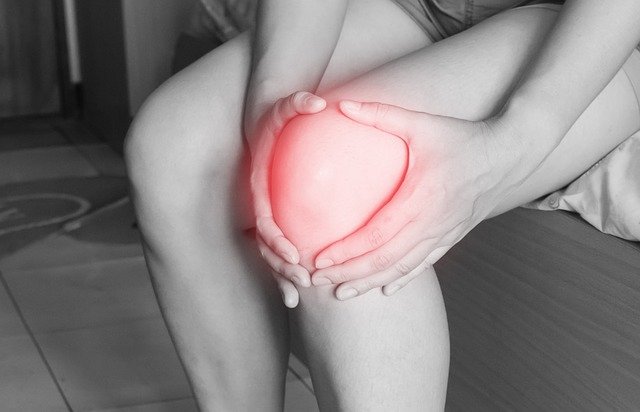
Whether you exercise or not, you may experience knee pain.
This health issue can happen in people of all ages and all levels of physical activity.
Research shows that when pain is widespread and diffuse in one or both knees, the problem may be arthritis.
But when knee pain comes from one place in one knee and swelling that doesn’t go away, it may be caused by damaged cartilage.
John A. Grant, an orthopaedic surgeon at Michigan Medicine’s MedSport, province information about cartilage-related knee pain and the current surgical options for treating the condition.
Cartilage is the slippery tissue on the ends of bones in between joints.
In our knees, there are two kinds of cartilage: Articular cartilage and the meniscus.
Articular cartilage is at the end of a bone and provides a slippery surface to allow the two bones of the joint glide easily against one another.
The meniscus is between the bones in the knee joint and distributes impact and acts as shock absorbers.
Because cartilage has a limited blood supply, it has poor ability to heal itself when injured.
When cartilage is damaged by a sports-related injury or other accidents to the knee, it is hard to fix it.
There are two types of injury: Surface damage, in which the cartilage is damaged but the bone beneath it is healthy; and damage to both the cartilage and underlying bone.
For the first type of injury, the best way to fix it is a procedure called microfracture. During microfracture.
The surgery cleans up the area of injury, removing the damaged cartilage and exposing healthy edges of the surrounding cartilage.
The surgeon then drills small holes in the bone at the base of the defect. Over time, bone marrow cells will rise up through the holes and form a clot.
The patient must take part in a course of specific exercises and therapy to ensure that the clotted cells will turn into cartilage.
Another option is to implant cartilage derived from the patient’s own cartilage cells. One procedure that could do this is called matrix-induced autologous chondrocyte implantation (MACI).
If both the cartilage and the bone need repair, doctors would replace both bone and cartilage with a procedure called osteochondral transplantation.
During the surgery, the surgeon opens the knee and cleans out the unhealthy bone and cartilage and make a socket in the bone.
Into that socket, the surgeon transplants a dowel or cylinder of healthy bone and cartilage.
The researcher suggests that most cartilage surgeries are performed on an outpatient basis.
Depending on the procedure, patients can expect to use crutches for six to eight weeks, and to begin physical therapy and home exercise right away, continuing for six months or longer.
On average, patients return to full activity in six to 18 months.
He also suggests that people should protect cartilage health in daily life.
For example, they can exercise to keep their legs strong, especially the quadriceps muscles on the front of the thigh.
It is also important to keep the body weight under control, especially if there is already some damage to the knee.
The knees bear two to four times the body’s weight with each step, and up to ten times that much when running or climbing. So losing body weight can greatly reduce pressure on knees.
Copyright © 2019 Knowridge Science Report. All rights reserved.



